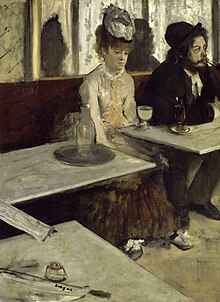Recreational marijuana is pot that is used without medical justification. Recreational marijuana usually has more THC content than the medicinal variety, as this is what provides users with a “high.” At present Recreational Marijuana is NOT legal in Pennsylvania
Recreational drug use indicates the use of one or more psychoactive drugs to induce an altered state of consciousness either for pleasure or for some other casual purpose or pastime by modifying the perceptions and emotions of the user. When a psychoactive drug enters the user's body, it induces an intoxicating effect. Generally, recreational drugs are divided into three categories: depressants (drugs that induce a feeling of relaxation and calmness); stimulants (drugs that induce a sense of energy and alertness); and hallucinogens (drugs that induce perceptual distortions such as hallucination).
In popular practice, recreational drug use generally is a tolerated social behaviour, rather than perceived as the medical condition of self-medication. However, heavy use of some drugs is socially stigmatized. Many people also use prescribed and controlled depressants such as opioids, as well as opiates and benzodiazepines.
Common recreational drugs include caffeine, commonly found in coffee, tea, soft drinks, chocolate; alcohol, commonly found in beer, wine, and distilled spirits; nicotine, commonly found in tobacco and electronic cigarettes; cannabis and hashish (with legality of possession varying inter/intra-nationally); and the controlled substances listed as controlled drugs in the Single Convention on Narcotic Drugs (1961) and the Convention on Psychotropic Substances (1971) of the United Nations. What controlled substances are considered generally unlawful to possess varies by country, but usually includes cannabis, cocaine, opioids, MDMA, amphetamine, methamphetamine, psychedelics, benzodiazepines, and barbiturates. In 2015, it was estimated that about 5% of people worldwide aged 15 to 65 (158 million to 351 million) had used controlled drugs at least once.





